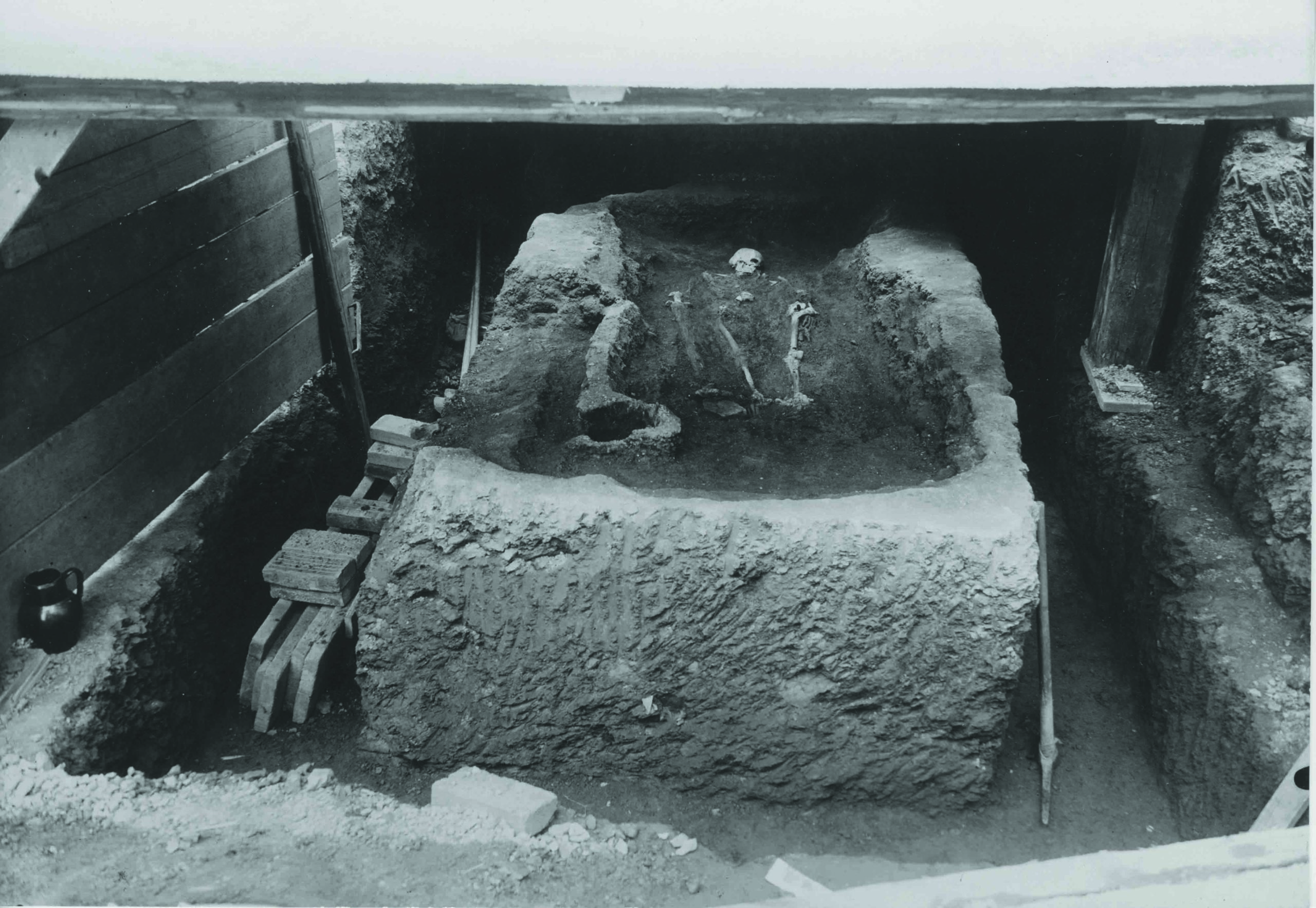
SILVER SPRING, MARYLAND—The identity of an early nineteenth-century Connecticut man who appears to have been treated as a vampire after burial has been determined, according to a report from The Washington Post. The man’s coffin was found in 1990 in a gravel quarry in the town of Griswold. Its lid bore the inscription “JB 55” in brass tacks, indicating the man’s initials and age at death. Inside, his head and limbs had been arranged over his ribs to form a skull and crossbones. Researchers who studied the man’s remains in the 1990s determined that he had likely died of tuberculosis at a time when victims of the disease were believed to leave their graves to infect their relatives. It appears that the man’s family dug him up several years after he was buried and rearranged his bones to prevent him from stalking them. Initial DNA testing yielded no clues to the man’s identity, but now researchers from the U.S. Armed Forces Medical Examiner System believe they have identified him as John Barber, who was most likely a farmer. The researchers first used Y-chromosomal DNA profiling in conjunction with publicly available genealogy data to determine that the man’s last name was Barber. A search of newspaper records then led them to the 1826 death of a 12-year-old in Griswold named Nathan Barber, whose father was John Barber. The fact that a coffin buried near the “vampire” grave had been marked “NB 13” with the same brass tack pattern added further evidence that John Barber was indeed the name of the unfortunate tuberculosis victim. For more, go to “Vampire-Proofing Your Village.”










